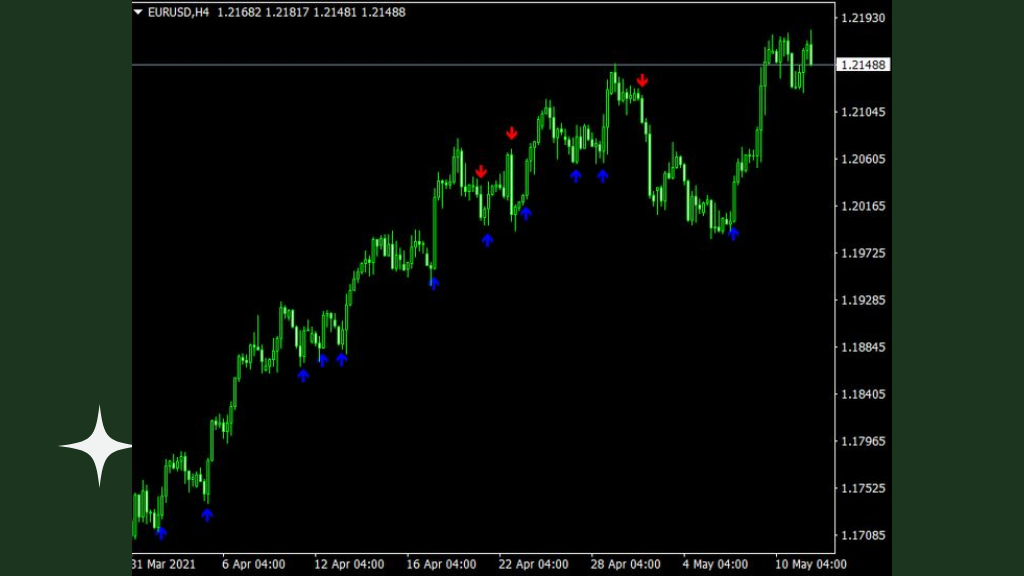Introduction to Forex Activa
Forex Activa encompasses various financial instruments traded in the foreign exchange market, offering traders diverse opportunities to engage in speculative trading activities. It refers to the assets available for trading, including currencies, commodities, stocks, indices, and cryptocurrencies. Understanding Forex Activa is crucial for traders seeking to navigate the complexities of the forex market and capitalize on potential profit-making opportunities.
Forex trading involves the exchange of currencies to profit from fluctuations in exchange rates. Traders participate in the forex market through trading platforms provided by brokers, where they can buy or sell currency pairs in response to market conditions. Successful trading requires a solid understanding of the fundamentals, technical analysis, and risk management principles.
Overview of Forex Trading
Basics of Forex Trading
Forex trading involves the buying and selling of currencies in the global foreign exchange market. It operates 24 hours a day, five days a week, allowing traders to engage in trading activities at any time. The forex market is decentralized, with transactions conducted electronically over-the-counter (OTC), facilitating seamless trade execution across different time zones.
Components of Forex Trading
Currency pairs are the primary instruments traded in the forex market, representing the relative value of one currency against another. Major currency pairs include EUR/USD, USD/JPY, GBP/USD, and USD/CHF. Trading platforms provide access to real-time market data, charting tools, and order execution functionalities, enabling traders to analyze market trends and execute trades efficiently.
Understanding Forex Activa
Definition of Forex Activa
Forex Activa refers to the range of financial instruments available for trading in the forex market. These instruments include currencies, commodities, stocks, indices, and cryptocurrencies, each offering unique trading opportunities and characteristics. Traders can diversify their portfolios by trading different types of Forex Activa, allowing them to mitigate risks and optimize returns.
Types of Forex Activa
- Currency: Trading currency pairs involves speculating on the exchange rate fluctuations between two currencies. Commonly traded currency pairs include major, minor, and exotic pairs, each characterized by different levels of liquidity and volatility.
- Commodities: Commodities such as gold, silver, oil, and agricultural products are actively traded in the forex market. Commodity trading allows traders to hedge against inflation, diversify their portfolios, and capitalize on supply-demand dynamics in global markets.
- Stocks: Some forex brokers offer trading opportunities in stocks of publicly listed companies. Stock trading in the forex market allows traders to access global equity markets and benefit from price movements in individual company shares.
- Indices: Forex indices represent a basket of stocks that track the performance of a specific market or sector. Trading forex indices provide exposure to broader market trends and allows traders to speculate on the overall direction of equity markets.
- Cryptocurrencies: The emergence of cryptocurrencies has revolutionized the forex market, offering traders alternative investment opportunities beyond traditional asset classes. Popular cryptocurrencies such as Bitcoin, Ethereum, and Litecoin are actively traded alongside fiat currencies in the forex market.
Benefits of Using Forex Activa
Diversification Opportunities
Trading Forex Activa allows traders to diversify their investment portfolios across different asset classes, reducing overall portfolio risk. Diversification enables traders to spread their capital across multiple instruments, potentially enhancing returns while minimizing exposure to specific market risks.
Potential for Higher Returns
Forex Activa offers the potential for significant returns on investment, driven by price movements in various financial markets. Traders can capitalize on volatility and market trends to generate profits through strategic trading strategies and risk management techniques.
Risk Management
Effective risk management is essential when trading Forex Activa, as it helps traders protect their capital and minimize potential losses. Risk management strategies such as setting stop-loss orders, implementing position sizing techniques, and diversifying trading portfolios can mitigate the impact of adverse market conditions.
Accessibility and Flexibility
The forex market operates globally, providing traders with unparalleled accessibility and flexibility in terms of trading hours and geographic locations. With the advancement of online trading technology, traders can access the forex market from anywhere with an internet connection, allowing for seamless execution of trades across different time zones.
Factors Influencing Forex Activa
Economic Indicators
Economic indicators such as GDP growth, inflation rates, and employment data play a significant role in influencing the value of Forex Activa. Traders closely monitor economic releases to assess the health of economies and anticipate potential market movements.
Political Events
Political events such as elections, geopolitical tensions, and policy decisions can impact Forex Activa by influencing investor sentiment and market volatility. Traders need to stay informed about political developments globally and assess their potential implications on currency, commodity, and stock markets.
Market Sentiment
Market sentiment reflects the overall attitude of traders towards a particular asset or market. Positive sentiment can drive prices higher, while negative sentiment may lead to sell-offs and price declines. Understanding market sentiment is crucial for making informed trading decisions and identifying potential trading opportunities.
Technical Analysis
Technical analysis involves analyzing historical price data and chart patterns to identify trends, support and resistance levels, and potential entry and exit points. Traders utilize technical indicators such as moving averages, oscillators, and Fibonacci retracements to enhance their trading strategies and make informed decisions based on price action.
Strategies for Trading Forex Activa
Trend Following
Trend-following strategies involve identifying and trading in the direction of prevailing market trends. Traders seek to capitalize on sustained price movements by entering positions aligned with the trend’s direction, whether it be bullish or bearish. This strategy often involves the use of moving averages and trendlines to confirm trend direction and potential entry points.
Range Trading
Range trading strategies aim to capitalize on price fluctuations within defined support and resistance levels. Traders identify trading ranges where prices oscillate between upper and lower boundaries, buying near support levels and selling near resistance levels. Range-bound markets offer opportunities for short-term profits through frequent buying and selling within the established price range.
Breakout Trading
Breakout trading involves entering trades when price breaches predefined support or resistance levels, signaling the beginning of a new trend or continuation of an existing one. Traders monitor price consolidation patterns, such as triangles, rectangles, and flags, to anticipate potential breakout opportunities. Breakout strategies require disciplined risk management to avoid false breakouts and minimize losses.
Scalping
Scalping is a high-frequency trading strategy that involves making numerous small trades over short time frames to capture small price movements. Scalpers aim to profit from rapid price fluctuations by entering and exiting trades within seconds or minutes. This strategy requires fast execution, tight spreads, and a deep understanding of market dynamics to succeed.
Swing Trading
Swing trading involves capturing price swings or “swings” within larger market trends over a period of days to weeks. Traders identify potential swing points where prices are likely to reverse direction and enter trades in anticipation of trend continuation. Swing trading requires patience, as positions are typically held longer than in day trading but shorter than in trend-following strategies.
Risk Management in Forex Trading
Position Sizing
Position sizing involves determining the appropriate amount of capital to allocate to each trade based on risk tolerance and account size. Traders use position sizing techniques such as fixed fractional, percentage risk, or volatility-based methods to limit potential losses and maximize returns.
Stop Loss Orders
Stop-loss orders are essential risk management tools that allow traders to set predefined exit points to limit losses on a trade. By placing stop-loss orders at strategic levels, traders can protect their capital from significant drawdowns and ensure disciplined risk management.
Diversification
Diversification involves spreading trading capital across multiple Forex Activa to reduce the impact of adverse market movements on overall portfolio performance. By diversifying across different asset classes, sectors, and geographic regions, traders can mitigate specific risks associated with individual instruments and increase the resilience of their portfolios.
Conclusion
Understanding Forex Activa is essential for traders looking to navigate the dynamic and complex world of forex trading. By recognizing the diverse range of financial instruments available for trading, implementing effective trading strategies, and prioritizing risk management, traders can enhance their chances of success in the forex market. With continuous learning, disciplined practice, and a strategic approach, traders can capitalize on the myriad opportunities presented by Forex Activa to achieve their financial goals.

